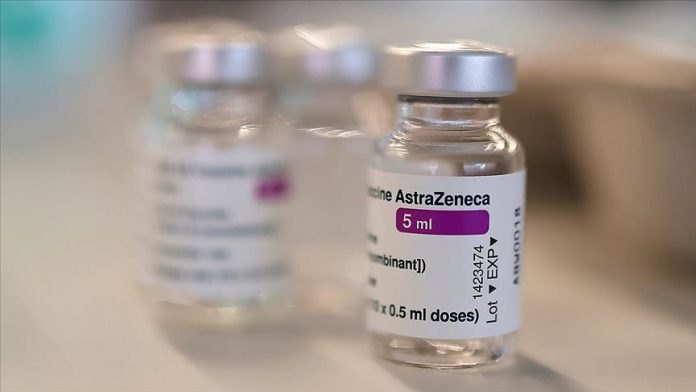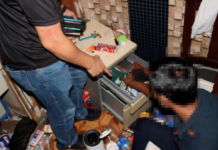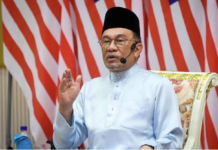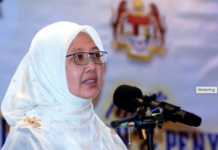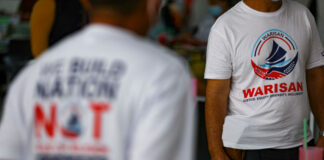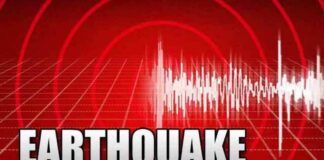KUALA LUMPUR, Oct 21 — AstraZeneca COVID-19 vaccine manufactured in Thailand has been authorised under the World Health Organisation (WHO) Emergency Use Listing (EUL) procedure with immediate effect.
The biopharmaceutical company AstraZeneca, in a statement today, stated that WHO has granted EUL to AstraZeneca COVID-19 vaccine, enabling global access during the pandemic in February this year.
It said that the EUL authorisation which has been extended to now include doses manufactured by Siam Bioscience, AstraZeneca’s production partner in Thailand and recognises that COVID-19 Vaccine AstraZeneca or Vaxzevria is the same product, wherever it is made.
AstraZeneca Malaysia country president Dr Sanjeev Panchal said the WHO’s emergency listing of the vaccine bears good news for people in Malaysia and worldwide.
“It will provide more assurance for governments to recognise the vaccine and allow people to travel again, reconnecting families, opening up economies, and supporting a return to normality,” he said.
Siam Bioscience Company Limited’s Corporate Communications honorary director, Nualphan Lamsam, said all batches of AstraZeneca COVID-19 vaccine produced at Siam Bioscience undergo stringent quality testing and are authorised by regulators and international laboratories in Europe as well as the United States.
“Siam Bioscience is proud to have been selected by AstraZeneca as its local manufacturing partner. We take great pride in producing high-quality COVID-19 vaccine, now recognised by the World Health Organisation.
“Siam Bioscience and AstraZeneca continue to work closely and produce vaccine doses for the wellbeing of the Thai people and region, to help a quick return to normalcy,” she said.
All manufacturing of COVID-19 Vaccine AstraZeneca around the world is conducted using the same stringent manufacturing process and each batch passes over 60 quality tests as part of a robust global quality assurance process.
To date, more than 1.5 billion doses of AstraZeneca vaccine have been released for supply to more than 170 countries globally, and approximately two-thirds of these doses have been delivered to low- and lower-middle-income countries.




